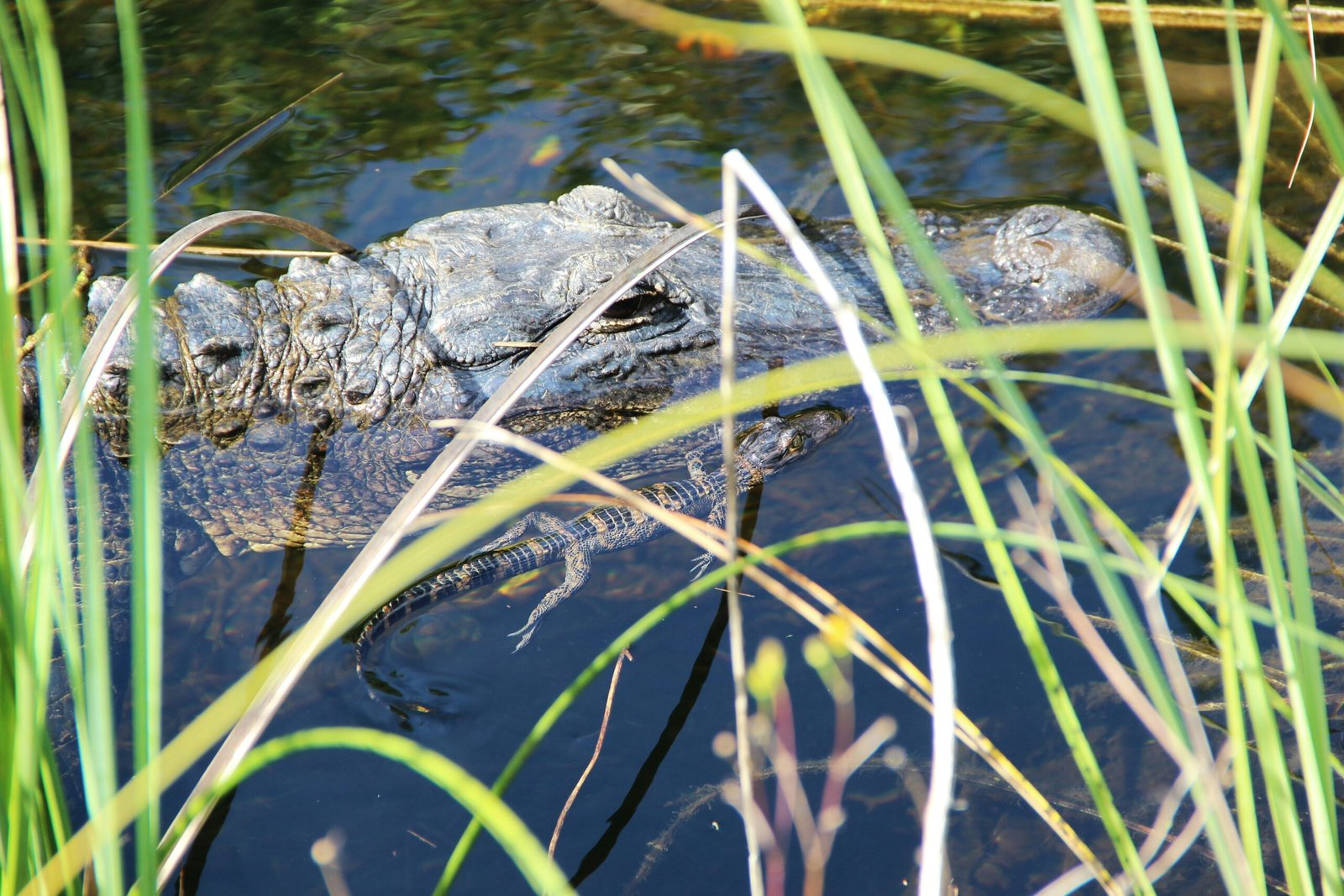
Introduction to Alligators
Alligators are fascinating reptiles, renowned for their robust bodies and powerful jaws. Understanding alligators is crucial for conservation efforts and wildlife education. This tutorial aims to provide a step-by-step guide on various aspects of alligator biology, habitat, and behavior.
Step 1: Understanding Alligator Anatomy
Alligators have a unique anatomy that includes a strong tail, armored skin, and sharp teeth. Their bodies can grow up to 20 feet long. Key features include a broad head, eyes positioned on top of their head, and webbed feet which aid in swimming. Familiarizing yourself with these characteristics helps in identifying alligator species and understanding their behavior.
Step 2: Habitat and Range
Alligators primarily inhabit freshwater environments such as swamps, marshes, and rivers. They thrive in warm climates, mainly found in the southeastern United States, especially Florida and Louisiana. It’s important to recognize their habitat needs for successful conservation efforts and to promote safe interactions in areas where they are prevalent.
Step 3: Behavior and Diet
Alligators are opportunistic feeders, preying on fish, birds, and small mammals. They often hunt by ambushing their prey in the water. Understanding their feeding habits is essential for both wildlife enthusiasts and researchers. Observing their behavior can enhance your knowledge of their social structure and territorial tendencies.
Conclusion
By following this step-by-step tutorial, you gain a better understanding of alligators and their ecological importance. Whether for educational purposes or personal interest, knowing about alligators can significantly contribute to their conservation and your safety in alligator-inhabited areas.